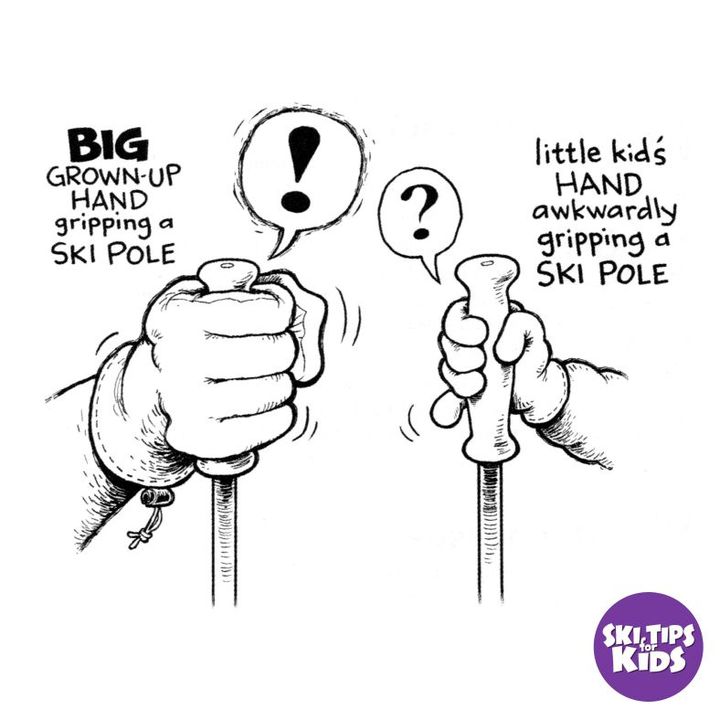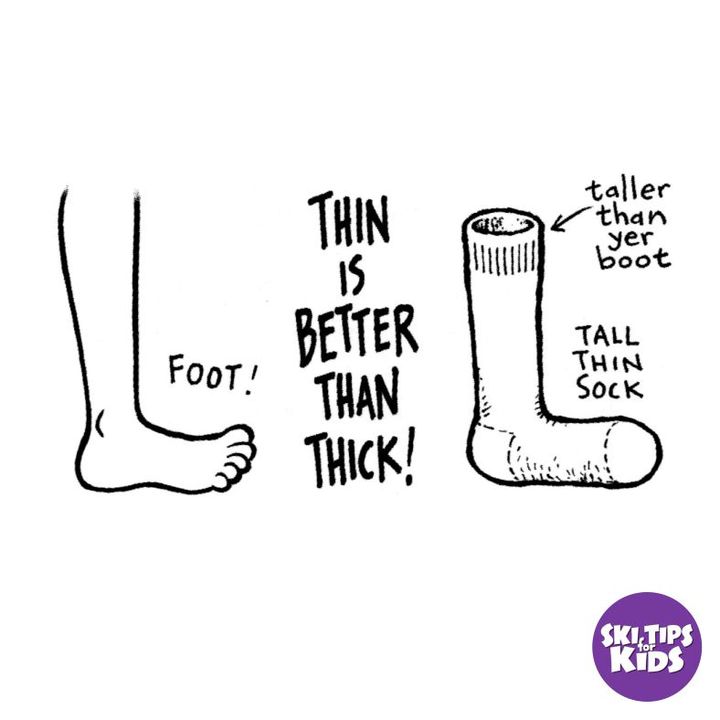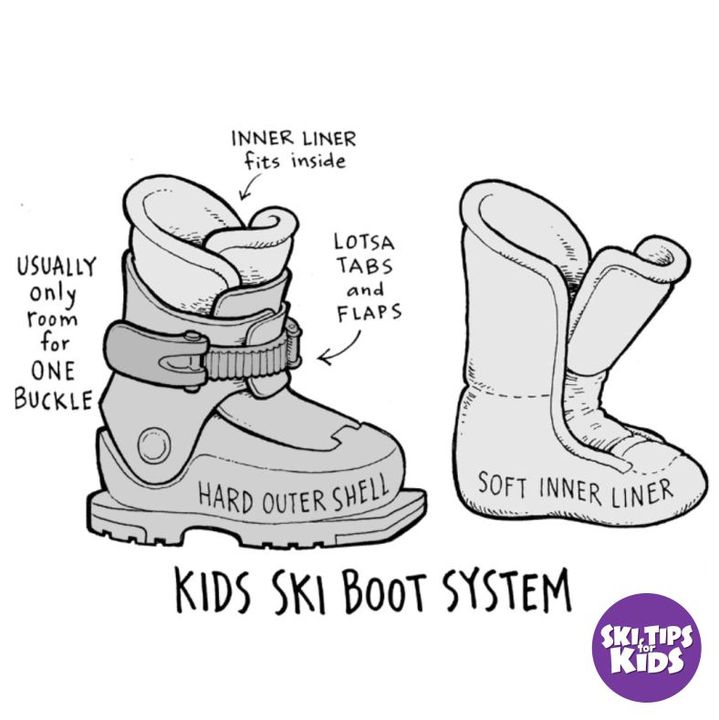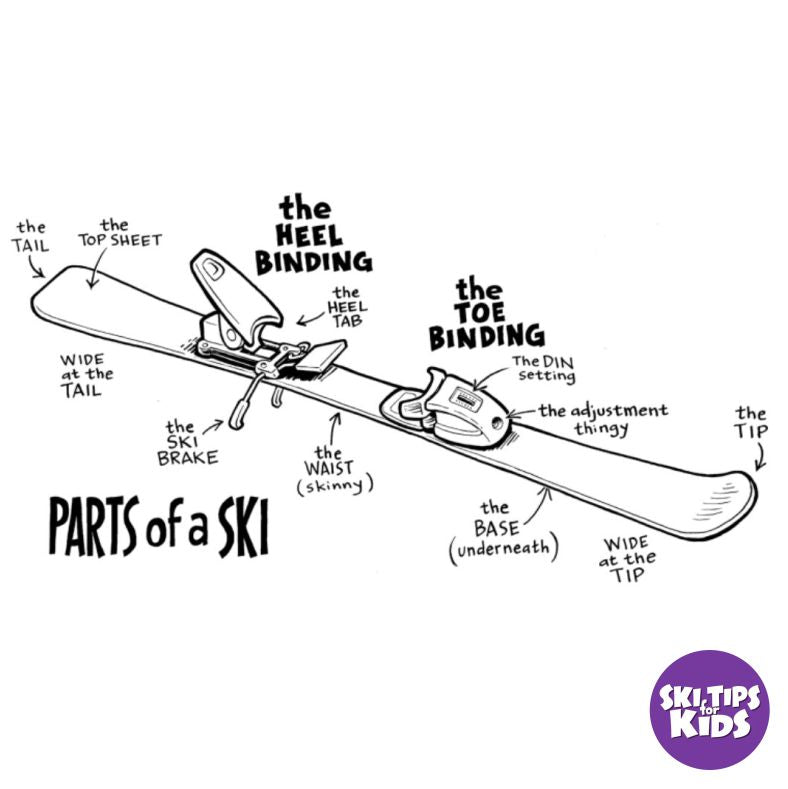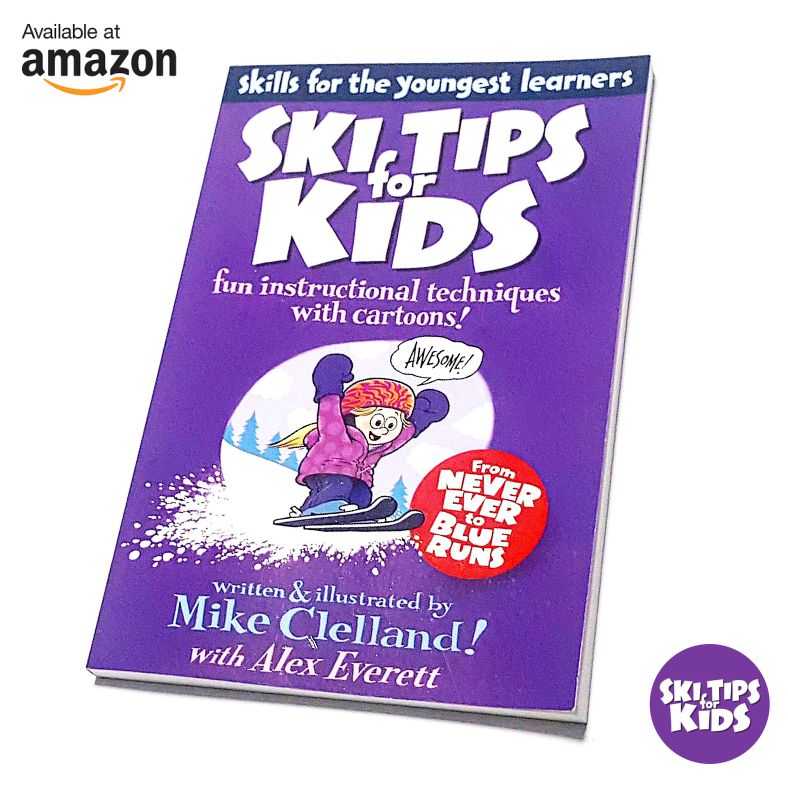Ski Tips for Kids
In addition to its safety and warmth, their ski helmet is a convenient place to stash your little one's gear during breaks!
"Cover up those cheeks and noses on cold days with neck gaiters or balaclavas. Look for hats and balaclavas that are thin enough to fit easily underneath a helmet. The best are thin on top and fleecy around the face.
It is possible to pull the balaclava up onto the nose and around the eyes, then put the goggles on in a way that leaves no skin exposed. This is a good idea on the coldest days when any exposed skin can get numb and nipped by frost quickly. Make sure to check children's faces when it's cold and windy."
"There is no rule or requirement about helmets, but they have become the absolute norm with kids. Helmets are cool!
Children might fall down and hit their head, but it's more likely that someone else might be skiing out of control and collide with them. Helmets will also keep a child's head warm and they're a good place for rad stickers.
Parents should role model safety (as well as being cool) by wearing a helmet too. Alas, most of the cartoons show adults without helmets - that was the illustrator's fault."
"It's the skis that make you a skier, not poles! First-time little skiers won't need poles. It's better to learn proper balance without 'em. They're tough for tiny hands to hold, and with so many other things to focus on, they just turn into a distraction. Also, they are unwieldy when trying to get on a chairlift with children.
Wait to add poles until they graduate to the more challenging Blue terrain."
"All ski boots (kids and adults) are now using 'Mondo sizing'. This is a universal sizing based on centimeters. The plastic outer shells are usually only in whole sizes, while the inner liners are in half sizes.”
"No need for thick (or multiple) socks - kids do better with one pair of thin socks. They should be snug enough to avoid wrinkles and tall enough to reach well above the height of the boot. You might need to reach in there a few times during the ski day and pull the socks up again. This smooths out the wrinkles and improves comfort. Stay away from cotton socks! Kids'll be warmer and drier with wool or synthetic socks."
"For small children, comfort is more important than high performance. Boots are the most important piece of gear, and a proper fit is essential to the whole experience. Too tight and they'll get cold feet, too loose and they won't be able to control their skis. These aren't Olympic racers, so no need to squeeze 'em into tight form-fitting boots."
Choose the right ski length for your little skier's skill level:
'Beginner': first time on skis
'Intermediate': got the basics of stopping and turning
'Advanced' - getting ready for the Blue runs
"Skis come in all shapes and sizes. Alpine skis have a curved-up tip in the front, a waist in the middle, and a tail in the back. They are shaped a little bit like an hourglass. This is called 'side cut' and this shape helps the ski turn. The base of the ski is smooth, and when it's nicely waxed it will slide nice and easy. The edges of the ski are made of metal that can be sharpened so that it bites and carves the snow and the skier can turn and stop."
We'll continue to post highlights throughout the season, but if you're impatient and want to see everything right away, you can buy in our store.





